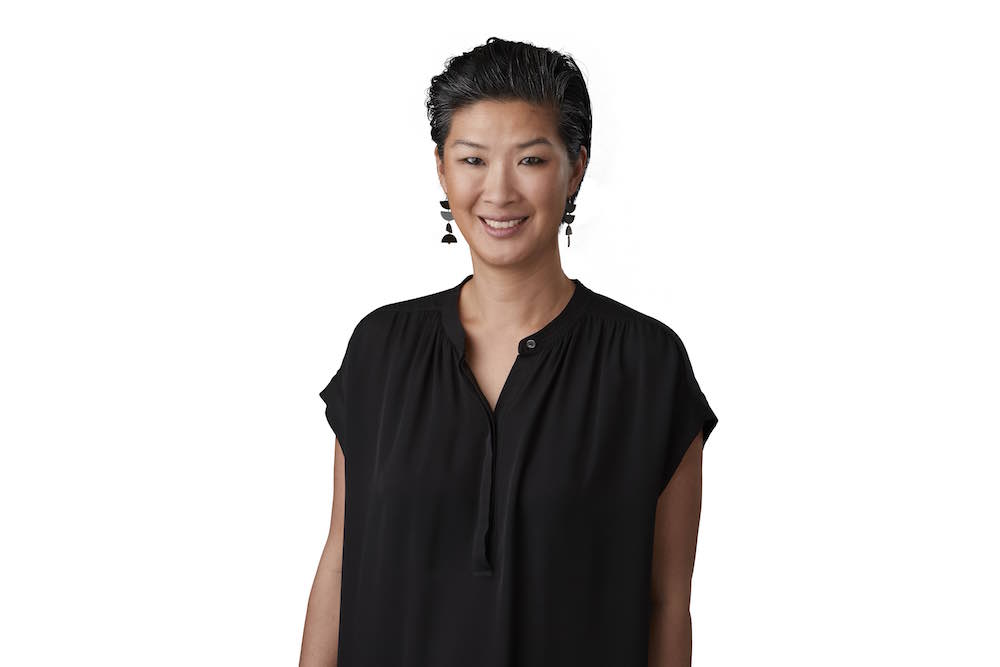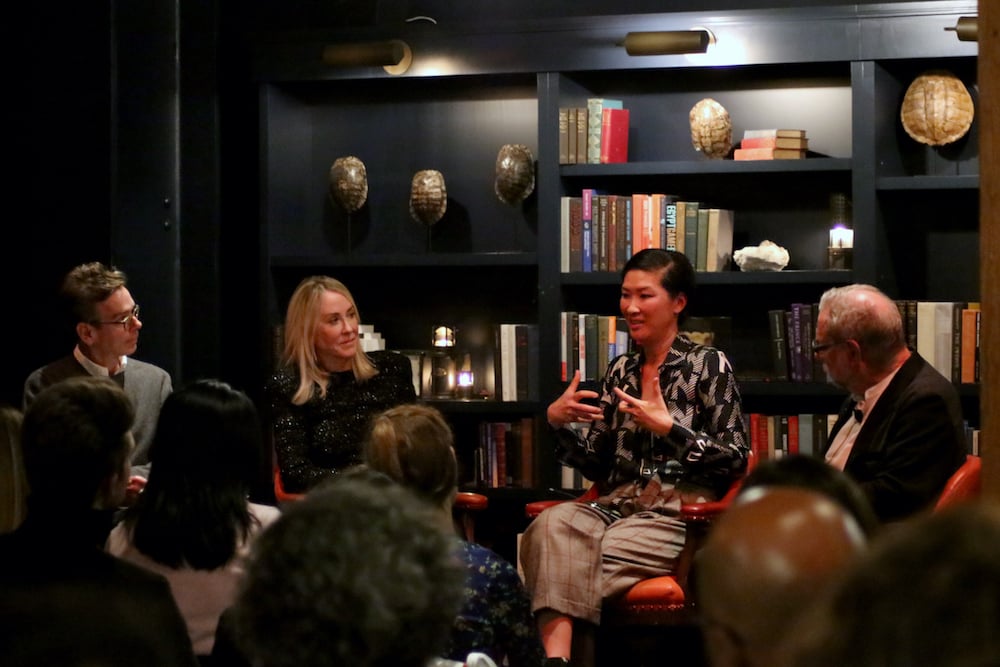People
‘They See What We Would Never Be Able to See’: Bay Area Collector Wayee Chu on What Venture Capitalists and Art Collectors Have in Common
We caught up with the SFMOMA board member ahead of the openings of Untitled and FOG Art + Design.

We caught up with the SFMOMA board member ahead of the openings of Untitled and FOG Art + Design.

Eileen Kinsella

With art dealers still trying to find a way to sustainably court wealthy Silicon Valley entrepreneurs, the latest editions of San Francisco’s major art fairs, FOG Design + Art, now in its seventh year, and Untitled, now in its fourth year, are set to open and run through the weekend.
Both fairs boast top-notch dealers showing blue-chip art and appear to be gaining more traction with each passing year. One collector said last year’s editions felt like a full-blown art week, noting the plethora of gallery and private foundation shows and events held alongside the fairs.
Indeed, the fairs are expanding their reach. Last week, as part of a partnership between Untitled and the Battery arts club in San Francisco, Wayee Chu, a collector and SFMOMA board member who is a general partner at Reach Capital, a venture fund focused on early-stage education technology start-ups, spoke on a panel about how private collections are built.
Along with her husband Ethan Beard, she collects works by artists such as LaToya Ruby Frazier, Arthur Jafa, Deanna Lawson, Derrick Adams, Matthew Wong, and Vija Celmins, among ohers. Recent additions to their collection include examples by Jaune Quick-to-see Smith, Sheila Hicks, and Eamon Ore-Giron. But don’t ask Chu to pick favorites: “Artworks are like your children,” she says. “I can’t pick a favorite.”
On the eve of the San Francisco fair openings, we spoke with Chu about what she looks for in emerging artists, what her board membership at SFMOMA has taught her, and how investing can inform collecting.

Wayee Chu, third from left, on a panel hosted by Untitled and the Battery arts club.
How did you first become interested in art?
My parents both emigrated from China through Brazil and Macau. My mother studied art as an undergrad, but like most practical Asian parents, she took an office job and pursued her passion for art in other ways. Growing up in Connecticut, near New York City, we had access to so many wonderful art institutions, so that was an integral part of my upbringing. My mother always pushed me to be patient and present with art, and that planted a seed. But it wasn’t until I was in my 20s, when I moved to New York and was working in finance, that I tried finding other outlets to pursue. Around the same time I met my husband, whose sister started the Wooster Street Collective, in 2003, and their narrative really resonated with us. We started attending salons with [street artists] Shepard Fairey, Faile, JR, and the London Police.
Tell us about a major acquisition you made.
One that really pushed our thinking was Rirkrit Tiravanija’s work on newspaper print, The Tyranny of Common Sense Has Reached Its Final Stage, which came out around the Trump election. We were drawn to his art because when you learn about his practice, you realize it’s never linear or binary, and it’s really about bringing people together. It’s never an isolating experience, even if you’re alone with it. That piece has anchored some of our thinking about how we want to collect.
How do you think your venture-capital skills translate into collecting?
Broadly speaking, whether you are in venture capital or in the early-stage startup ecosystem, in my mind, there are similarities: how I’m attracted to founders is also how I look for emerging artists. It’s about pushing boundaries. These founders and artists see what we would never be able to see because it’s their calling. The Bay Area is always about innovation. But we have a very rigorous due-diligence process, whether it’s [looking at] a startup or an artist. I see those parallels and I’ve lived those parallels.
Do you feel like you’re part of a collecting community in the Bay Area?
I do have a small group, members of my generation. But everyone’s angle is so deeply personal. There is a group that collects around what SFMOMA and [museum patrons Doris and Donald Fisher] collected, and for good reason. They kind of led the charge, and during a period of time, put certain artists on the map. But I have not found deep patterns or parallels. I feel like we’re either backing individual artists, or having a more thematic focus on emerging art and counter-narratives. Others are driven purely by aesthetics, which is important when you’re living with art. The art world is trying to figure out who the Bay Area buyers are, and I don’t know, and I love that I don’t know. They come out of the woodwork. Their decision-making may not always follow traditional rule books.
How has being on the SFMOMA board shaped your outlook as a collector?
I want to be informed, I want to learn, and I want to be inspired. I learn a ton by being on the SFMOMA board with these pivotal collectors. It gives you confidence to find your own identity. No big institution is perfect, but the effort and openness in wanting to change is authentic and honest. I think there is a need for criticism around institutions today, but some of it can be super unproductive. So you have to balance and ask the right questions while being productive and acknowledging all the stakeholders and hard work and commitment they’ve made over the decades in creating this institution.